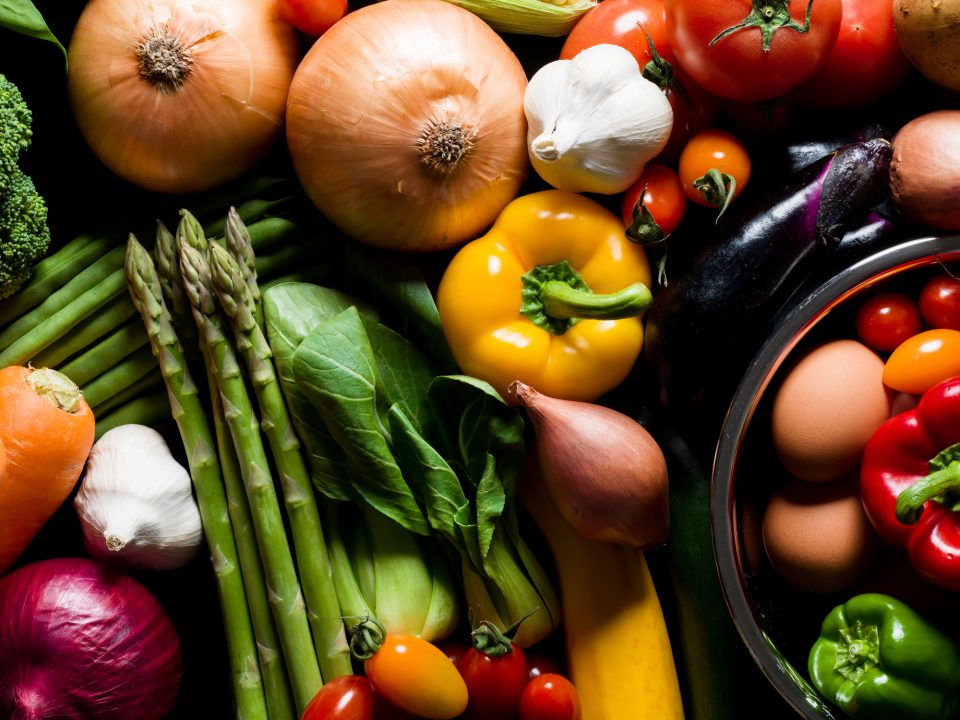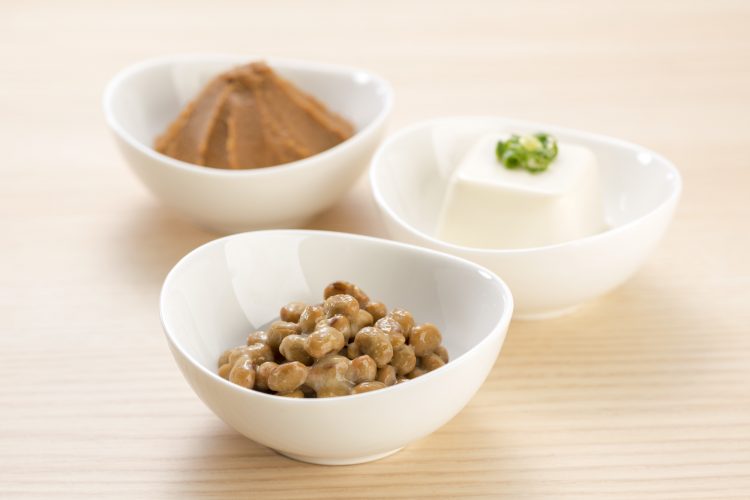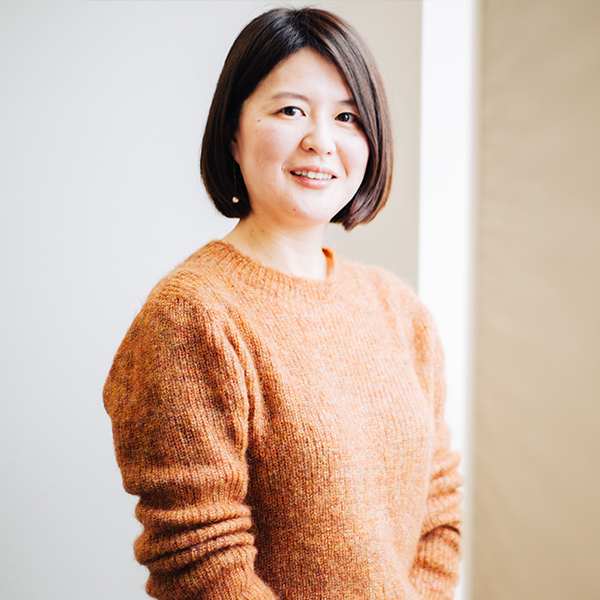Warm Food vs. Cool Food: Balanced Ingredient Choices
Mar 14,2019
Warm Food vs. Cool Food: Balanced Ingredient Choices
Mar 14,2019


Cold intolerance, they say, can lead to all kinds of health issues, and your everyday diet plays a vital role in preventing it. You may put certain ingredients in your hot pot in winter thinking they’ll warm you up. Do they really, though?
In traditional Chinese medicine (TCM) there’s what is called medicinal cooking. All foods have medicinal benefits, according to TCM. Medicinal cooking involves maintaining your mental and physical balance and preventing disease by incorporating various ingredients into your diet and utilizing their different properties. Understanding the thinking behind Chinese medicinal cooking as you plan your daily meals is an efficient way to keep your body in optimum condition.
To learn more, we talked to food coordinator and registered dietitian Shimizu Kanako, who is also a qualified international traditional Chinese medicine chef. She told us how medicinal cooking classifies ingredients by whether they have a warming or cooling effect. She also explained how to integrate such ingredients into your meals.
In medicinal cooking, foods are divided into four categories—cold, cool, warm, and hot—depending on their effect when ingested.
“These are called the ‘four natures.’ As a rule of thumb, cool and cold foods have a cooling effect on the body, while warm and hot foods have a warming effect. Foods that do neither are classified as neutral. There are thus five categories altogether, known as the ‘five natures.’”
■Classification of foods
Cool/cold
Winter melon, eggplant, wheat, burdock root, daikon, cucumbers, tomatoes, tofu, Chinese cabbage, bananas, pears, persimmons, buckwheat, green tea, salt, white sugar
Warm/hot
Ginger, cinnamon, Japanese pepper, garlic, lamb, chicken, shrimp, glutinous rice, brown sugar, chestnuts, star anise, green onions, coriander, pine nuts
Neutral
Chinese yam, soybeans, corn, potatoes, sweet potatoes, eggs, goji berries, non-glutinous rice, honey, black fungus, carrots
“Cool and cold foods, which are typically juicy vegetables and fruits, are effective in cooling the body by eliminating excess heat. Warm and hot foods, on the other hand, are typically spicy, pungent foods like ginger, garlic, and green onions. They improve circulation and promote metabolism. Neutral foods, which fall into neither category, are typically things like rice and other grains or energy-rich foods.”

Food coordinator and registered dietitian Shimizu Kanako
Certain foods are classified in a way that contradicts common perceptions of them. For example, vegetables and root vegetables, which are generally harvested in winter, are widely perceived as warming the body. But according to Chinese medicinal cooking, some have a cooling effect.
“Leaf vegetables like Chinese cabbage and root vegetables like daikon and burdock root are often served in hot pot in winter, but in fact many of them are cooling foods. So is your hot cup of oriental tea. While black tea and jasmine tea have a warming effect, most forms of tea, including green tea, barley tea, oolong tea, and pu’er tea, cool the body.”
When a cooling food is added to hot pot or otherwise cooked, it becomes more neutral, and its cooling effect on the body is somewhat diminished. It’s important to note, then, that cooking or processing an ingredient can alter its nature.
“Beans, for example, are a neutral food, but in the form of tofu they became a cooling food and in the form of natto a warming one. Milk, a cooling food, turns neutral when made into yogurt. Chinese cabbage is a cold food on its own, but when pickled in chili powder to make kimchi it becomes warmer. Similarly, foods fermented using koji tend to be warmer than the food they’re made from. Conversely, items preserved in salt or white sugar take on a cooling character.”

By taking advantage of the changeable nature of foods, you can efficiently obtain nutrition as best suited to your body’s needs.
“Fruit, a cooling food, becomes warm when dried and deprived of moisture. Fresh persimmons, for example, are a cold food, but dried persimmons are warm. So if you’re physically sensitive to cold but love to eat fruit, I’d suggest you eat them dried.
“Similarly, ginger is said to have a warming effect, and steaming or baking it increases and prolongs its warming effect, so you’re less likely to feel cold. Having a plate of ginger pork or a cup of tea with ginger is a good way to avoid getting cold.”

Most foods eaten at the dining table are cooked. If you suffer from cold intolerance, you can remedy the problem with a bit of creativity in the kitchen.
In traditional Chinese medicine, opposites like the sun and the moon, dynamic and static, and hot and cold are divided into two categories, the yin and the yang. This is called the yin-yang theory. Women are said to possess yin qualities. The yang is associated with brightness and warmth, while the yin is perceived as being cold, as typified by the moon or the night.
“Women with their predominantly yin nature are susceptible to feeling cold. So if you’re a woman and consume lots of vegetables and fruits, which are cooling foods, it will upset your body’s balance. It’s become trendy to drink smoothies in the morning on the grounds that they’re good for your looks and health, but beware. Having a smoothie made with cooling fruits or vegetables for breakfast will chill your body.”

On the flip side, cooling foods have the advantage of eliminating excess heat from the body.
“Cooling foods, which eliminate heat, are beneficial if you easily get hot and sweaty. They’re also beneficial when menopause disrupts your autonomic nervous system or you have a throbbing headache. Say you feel feverish in the morning. You can prevent yourself from feeling hot by making a point of eating cooling foods. Eat a fresh cucumber, for example. The important thing is to supply your body with what it’s missing based on your own physical makeup and condition. It’s essential to keep cold and hot in balance.”
It’s sometimes said that when you have a craving for a particular food, it’s because your body needs it. That may not be entirely a myth. Keep your body in optimum condition on cold days and hot days alike. Always choose the foods and methods of preparing them that are right for it at the moment!

An all-round food specialist, Kanako is a food coordinator as well as a registered dietitian, a licensed cook, and a qualified international traditional Chinese medicine chef. Not only is she a skilled food stylist who knows how to make food appear appetizing and visually appealing. She also compiles calorie-conscious diet recipes, comes up with her own innovative recipe ideas, and oversees those of others.